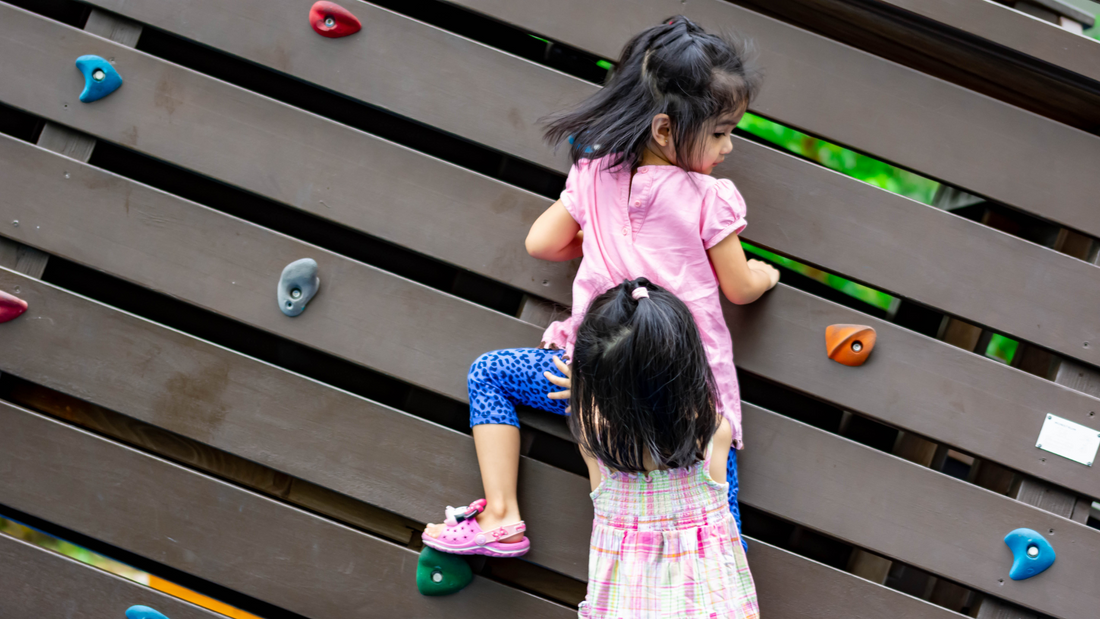
From Friend Drama to Failing Tests: How to Build Student Resilience
Share
Watching our kids stumble through challenges like friend drama, failing tests, and more at school can be tough. Our instinct as parents is often to try to shield them from pain. But here’s the truth: resilience isn’t built in easy moments; it’s built in the hard ones.
Resilience is less about avoiding challenges and more about how we respond when things don’t go our way. We’ll explore simple, research-backed strategies for building this skill in kids, so they can handle everyday hurdles with confidence.
Why student resilience matters
Resilient kids are better equipped to handle stress, adapt to changes, and persevere. Instead of crumbling after a bad grade or an argument with a friend, they learn to manage their feelings, problem-solve, and try again.
Resilience can improve academic outcomes and support strong mental health in students. Kids who can navigate failure and rejection are less likely to experience anxiety and depression. That means resilience is just as important as study or sports skills when it comes to preparing them for the future!
Common challenges that test resilience
- Friendship conflict: Kids will disagree with other kids. They have to learn how to navigate arguments and social circles.
- Academic setbacks: Some kids will fall short or even fail sometimes. They may struggle with certain subjects or test anxiety.
- Performance pressure: Many kids will feel pressure to perform! Extracurriculars, like sports and the arts, often come with high standards.
- Life changes: Kids are growing in an ever changing world. Moving or transferring schools, and other big family adjustments can feel overwhelming.
5 ways parents can help build resilience
1. Normalize Struggles and Setbacks
When your child is having a tough time at school, fight the urge to fix their problem. Instead, validate what they’re feeling and remind them that failure is a part of learning and becoming stronger.
💬 “I know this feels tough, but it doesn’t define you. Let’s figure out the next step together.”
2. Teach Problem-Solving Skills
Instead of offering all the solutions, help your child come up with some of their own. If they failed at something, you could ask:
💬 “What do you think didn’t work this time?”
💬 “What’s one small change you could try next time?”
3. Model Resilience at Home
Share your own experiences with setbacks and how you worked through them. Modeling resilience normalizes kids’ struggles and teaches them how to cope.
💬 “I had a big project that didn’t go as planned. I felt so frustrated! But I asked for feedback and made changes. It turned out much better the second time.”
4. Encourage Healthy Coping
Resilience grows when kids can handle their emotions. Help your child practice coping skills that’ll help them calm down and problem-solve, like:
- 🧘 Deep breathing when feeling overwhelmed
- ✍️ Journaling or drawing to process emotions
- 🏃 Taking breaks and moving the body
5. Celebrate Effort and Hard Work
When we only praise wins, kids may avoid taking risks or challenging themselves out of fear of failing. Try acknowledging the work they’re putting in:
💬 “I’m proud of how much time you spent studying, even though you didn’t get the grade you wanted.”
Building resilience takes practice
This skill isn’t something kids develop overnight. It’s one that grows through repeated opportunities to face and overcome challenges.
The goal isn’t to eliminate every obstacle in our kids' way. It’s to walk beside them as they work through difficulties, helping them trust their own strength!




















